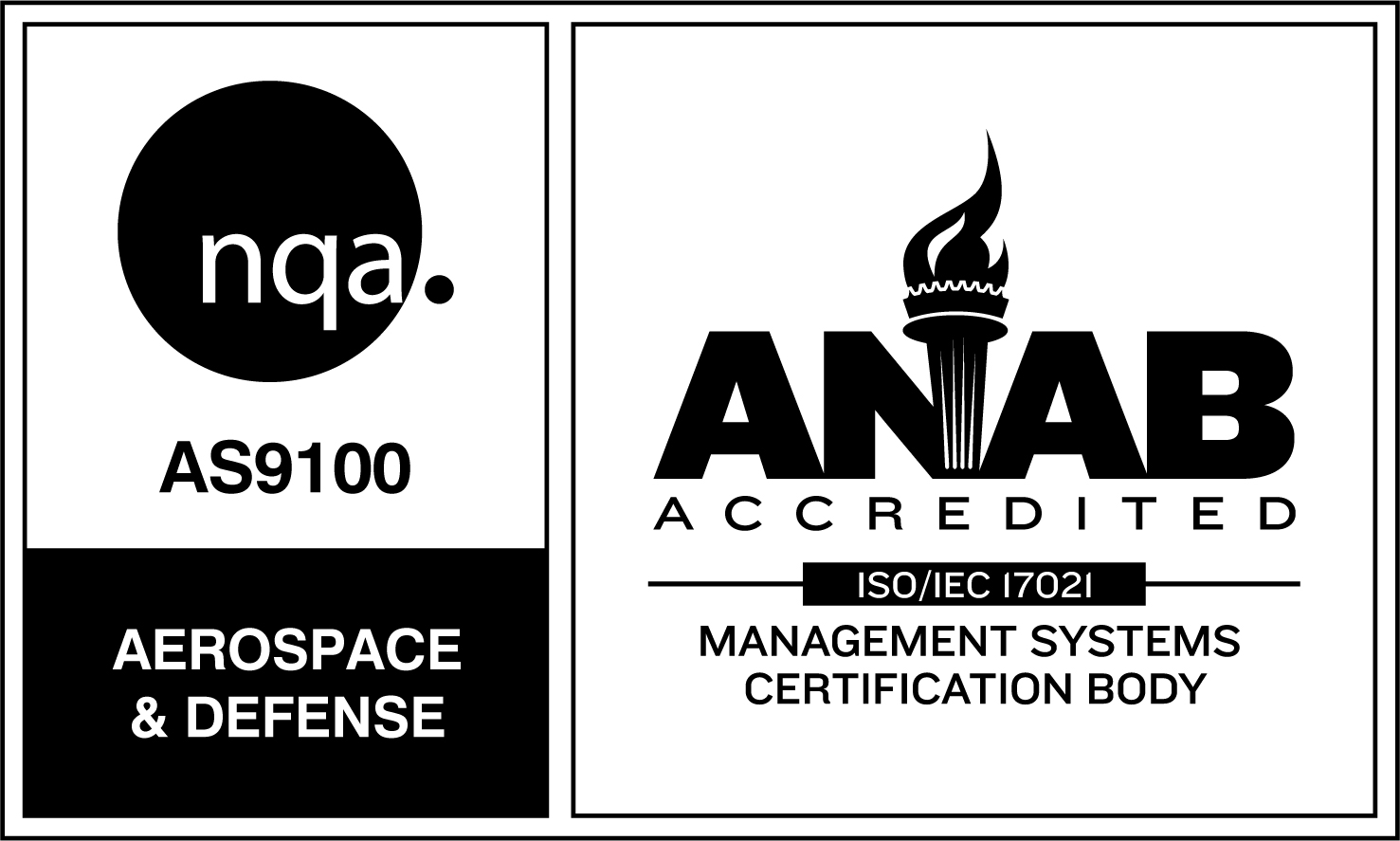When brazing is the right solution for a demanding manufacturing challenge, getting the job done right is crucially important. Brazing is a specialized process used to join materials together. Unlike welding, brazing can join dissimilar materials. And unlike the mechanical hold that results from soldering, brazing results in a strong, metallurgical bond. These features make brazing suitable for a wide range of sensitive applications in aerospace, defense, medical, and industrial manufacturing. Here’s one way to break down the brazing process into five stages.
Stage 1: Verifying fit and finish
The brazing process begins with the components themselves. Before two components can be joined, their fit and finish must be ready to accept the filler metal that will join them together. An optimal clearance, typically between 0.001 and 0.003 inches, is essential to facilitate the capillary action of the brazing filler material. Components need to be designed and manufactured with brazing in mind. Parts also need to be inspected for contaminants, like grease, dust, or oil, to ensure that the filler metal will bond to clean surfaces.
Stage 2: Assembly
If fit and finish pass inspection, the parts are assembled and the braze filler metal is applied. Assembling parts may be as simple as pushing slip-fit components together, or it may require precise control. At this point, a flux may be used to protect joints and surfaces from oxidation. Some brazing processes, such as vacuum or hydrogen, do not require flux, because the atmosphere is controlled to suppress, reduce, or liberate oxides.
Stage 3: Preheating
At the next stage, the prepared parts are preheated. Preheating brings parts and braze filler metal to a uniform temperature that is much closer to the brazing temperature. By narrowing the temperature differential between the materials and the source of brazing heat, preheating significantly reduces the risk of thermally induced distortion or cracking.
Stage 4: Brazing
The brazing process itself varies according to the materials to be joined and their intended application. At Thermal-Vac we offer five brazing options:
- Vacuum brazing, as the name suggests, takes place in a vacuum furnace, allowing even heat application, simultaneous expulsion of oxidation, and a flux-free process.
- Aluminum dip places parts in a molten salt bath, which serves as a flux.
- Hydrogen brazing offers precise temperature control over a reducing atmosphere and results in a bright, clean finish and a flux-free joint.
- Torch brazing is a flexible option where precise heat application is needed to join unusual shapes.
- Induction brazing is useful when joining electrically conductive parts, which can be precision heated by controlling frequency and power density. This process can be done using flux, or in a chamber with a controlled atmosphere.
Stage 5: Cleaning and inspection
Once the brazing itself is complete, the joined parts are cleaned and inspected. The cleaning process may be minimal or unnecessary, depending on the brazing method that was used. For example, a hydrogen brazing furnace flushes oxides away during normal operation. On the other hand, an aluminum dip process needs to be followed by a simple washing process. A final inspection is conducted to verify that the part meets final requirements.
Thermal-Vac Technology is proud to be a leading provider of brazing services for customers in Southern California and throughout the west. Our team is committed to providing customers with the highest degree of customer service. To learn more about the brazing solutions Thermal-Vac offers, call us today at (714) 997-2601.


